Help with backyard hill layout
James Downing
8 years ago
last modified: 8 years ago
Featured Answer
Sort by:Oldest
Comments (26)
James Downing
8 years agoRelated Discussions
Need help designing Capitol Hill backyard with lots of shade!
Comments (6)Many times I'm OK with matching odds 'n ends. But the brick path seems to be in opposition to a contrary pattern that could be happening within the flagstone field. I would consider removing the brick if they're not mortared in and re-using them at the far end of the patio, border-like, or something similar. (If the brick were curved in the opposite direction AROUND the tree, I might contemplate otherwise.) Then, consider installing the new flagstone with TIGHT joints (which would require saw-cutting) in order for it to be of compatible character with the existing ashlar pattern stone. I would not make wide joints with moss in between. Instead, make greenery all around the patio perimeter. Also, I think it would also be better to find a nice paint scheme and paint the little storage shed. Consider an overall layout as follows ......See Moreideas re landscaping hill/retaining wall and backyard
Comments (1)In order to have pavers and walk that made sense, one would need to know destinations within the yard and the uses needed by the occupants. We know neither. For the sloping border, decide which is needed: screening, or screening and shade. Plant a row of small trees or large shrubs that extend above the fence to provide screening and/or shade. The plants can touch, as in a hedge, or they can be spaced out depending on the degree of screening desired. Grow groundcover below the trees/shrubs. Could add an accent plant here or there. The turf needs to be reestablished for appearance and as a functional space for activities & pedestrian circulation....See MoreFurniture for new covered backyard patio - Size and Layout - Help!
Comments (2)Thank you, Patricia. Here is a rough outline of the patio area. All of the patio is concrete. The grill area, open patio area A and covered patio area B are all on the same level. There are steps from area A into the backyard. I have noted 2 doors into the house. There are also steps on the right of covered area B into the side yard (the steps are the entire length , 21.5'). Covered Patio C is one step higher than the rest of the patio (it is part of the original house foundation). I am interested in the area in covered patio B. We would like to put a dining table and a separate seating area (maybe arranged to view the yard?). Our style is traditional (not coastal or modern). Thanks for any advice you can provide!...See Morebackyard layout help
Comments (1)It depends on where you live, but I would NEVER cover my landscape with rocks much less concrete. Why? They reflect too much heat that then heats the air. Urban areas with no greenery are 5 to 7º hotter because of the lack. A small backyard can NEVER be all things to all users. While it's great you want to give your boys a place to burn off energy, paving over your backyard would create a hotter space. I recommend you plant a medium size tree that will shade your deck at least part of the day. If easy maintenance is desired, plant a combination of shrubs, perennials and ornamental grasses. Use ground covers instead of lawn grass....See MoreJames Downing
8 years agoYardvaark
8 years agoJames Downing
8 years agoYardvaark
8 years agoJames Downing
8 years agoJames Downing
8 years agoKim in PL (SoCal zone 10/Sunset 24)
8 years agoJames Downing thanked Kim in PL (SoCal zone 10/Sunset 24)James Downing
8 years agoUser
8 years agoJames Downing
8 years agoYardvaark
8 years agoYardvaark
8 years agoJames Downing
8 years agoYardvaark
8 years agoJames Downing
7 years agoJames Downing
7 years agoemmarene9
7 years agokitasei
7 years ago
Related Stories

LIFE12 House-Hunting Tips to Help You Make the Right Choice
Stay organized and focused on your quest for a new home, to make the search easier and avoid surprises later
Full Story
SELLING YOUR HOUSE10 Low-Cost Tweaks to Help Your Home Sell
Put these inexpensive but invaluable fixes on your to-do list before you put your home on the market
Full Story
SELLING YOUR HOUSE5 Savvy Fixes to Help Your Home Sell
Get the maximum return on your spruce-up dollars by putting your money in the areas buyers care most about
Full Story
BATHROOM WORKBOOKStandard Fixture Dimensions and Measurements for a Primary Bath
Create a luxe bathroom that functions well with these key measurements and layout tips
Full Story
LANDSCAPE DESIGNNative Plants Help You Find Your Garden Style
Imagine the garden of your dreams designed with plants indigenous to your region
Full Story
GARDENING AND LANDSCAPINGBe a Citizen Scientist to Help Wildlife, Learn and Have Fun Too
Track butterflies, study birds, capture stars ... when you aid monitoring efforts, you’re lending Mother Nature a hand
Full Story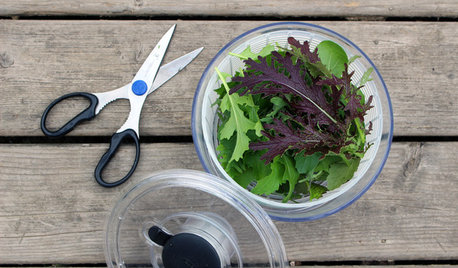
FARM YOUR YARDThe 8 Tools That Help Bring the Farm to Your Table
Vegetable gardeners get a big assist from these essential helpers
Full Story
PETSHow to Help Your Dog Be a Good Neighbor
Good fences certainly help, but be sure to introduce your pup to the neighbors and check in from time to time
Full Story
PETS6 Ways to Help Your Dog and Landscape Play Nicely Together
Keep your prized plantings intact and your dog happy too, with this wisdom from an expert gardener and dog guardian
Full Story
LANDSCAPE DESIGNHow to Help Your Home Fit Into the Landscape
Use color, texture and shape to create a smooth transition from home to garden
Full Story




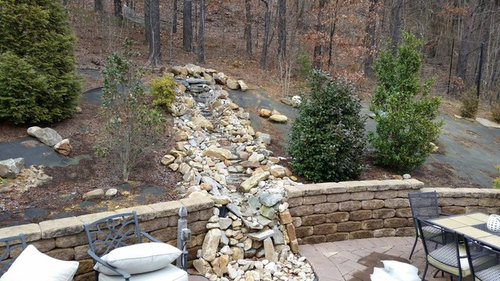
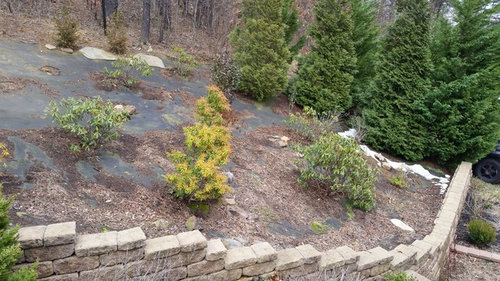

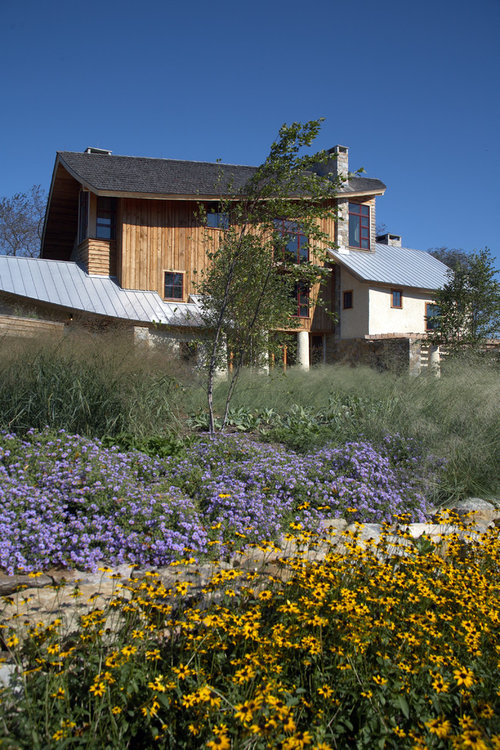
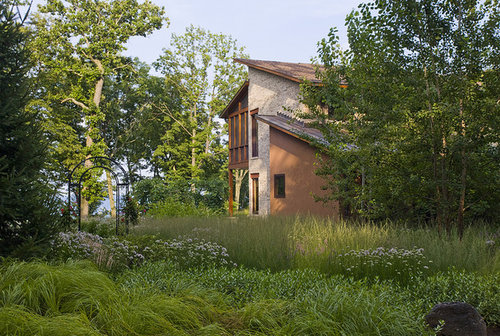





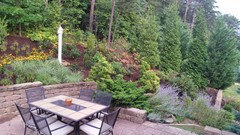


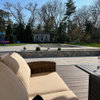
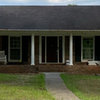
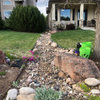
frankielynnsie